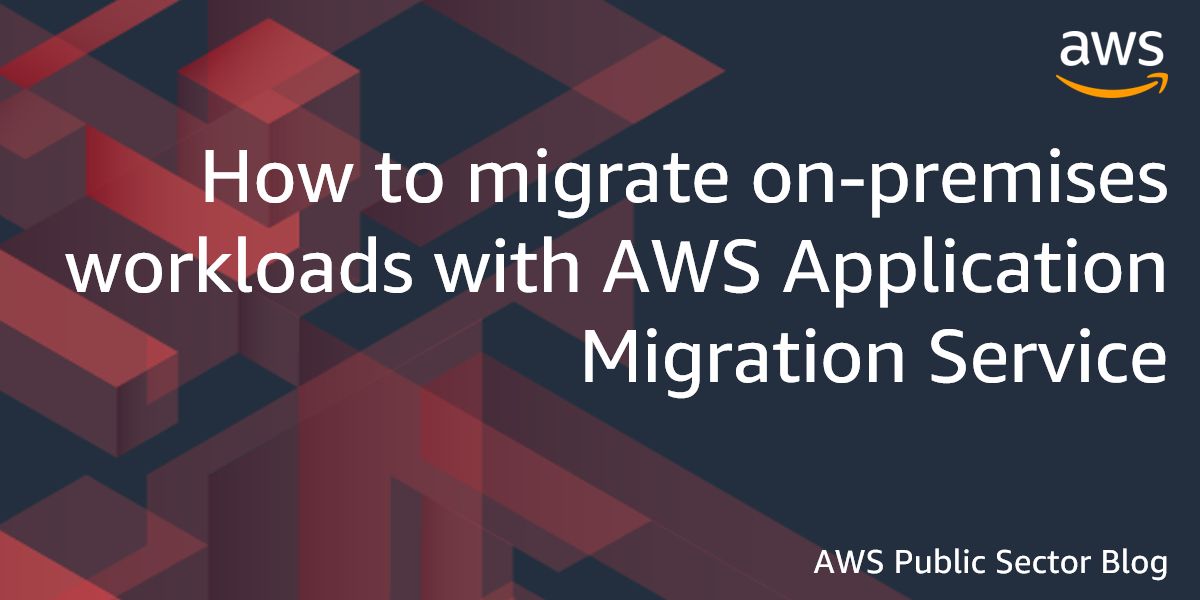AWS Public Sector Blog
Tag: Amazon EC2
How to put a supercomputer in the hands of every scientist
The AWS Cloud gives you access to virtually unlimited infrastructure suitable for high performance computing (HPC) workloads. With HPC, you can remove long queues and waiting times so you don’t have to choose availability over performance. In this technical guide, learn how to use AWS ParallelCluster to set up and manage an HPC cluster in a flexible, elastic, and repeatable way.
Analyze controlled unclassified data with SAS Viya EKS on AWS GovCloud (US)
SAS Viya is a highly available, cloud-native analytics platform. The latest version of SAS Viya on Amazon Elastic Kubernetes Service (Amazon EKS) allows customers to receive all of Kubernetes’ advantages without the trouble of maintaining their own Kubernetes infrastructure. Plus, customers also inherit AWS compliance controls, which can accelerate the journey to achieving FedRAMP authority to operate (ATO) in AWS US Regions. In this post, we show the key components of the SAS Viya architecture along with its core features to help customers on their journey to the cloud.
CANImmunize creates end-to-end vaccination app solution to help Canadians get vaccinated faster
CANImmunize is an end-to-end vaccination enablement system that helps Canadians coast to coast do everything from scheduling their appointment to proving their vaccination status—all in one interface. CANImmunize uses AWS to scale its operations and enable hundreds of thousands of people to get vaccinated and stay on top of their vaccination status.
How to migrate on-premises workloads with AWS Application Migration Service
AWS Application Migration Service (MGN) is a highly automated lift-and-shift solution, which works by replicating your on-premises (physical or virtual) and/or cloud servers into your AWS account. When you’re ready, AWS MGN automatically converts and launches your servers on AWS so you can quickly benefit from the cost savings, productivity, resilience, and agility of the cloud. This guide teaches you how to migrate a content management system platform (CMS), based on an example with WordPress, running on a simulated on-premises environment to AWS Cloud, using MGN.
How one Caribbean university digitally transformed and saved money by migrating to the cloud
Moving to AWS helped The University of the West Indies, Open Campus (UWIOC) improve performance of systems and operational efficiency while optimizing costs. Learn how UWIOC migrated more than 70 virtual machines, 10 applications, and five networks, plus their Moodle learning management system (LMS) and the UWIOC website, while saving 50 percent total cost of ownership along the way.
Library and Archives Canada helps better preserve Canadian history by embracing the cloud
Canada’s history is rich, but not without its scars. The need for documentation and analysis has never been greater. Library and Archives Canada (LAC) is the custodian of Canada’s distant past and recent history—and Amazon Web Services (AWS) is helping expand its reach.
How using AI for predictive maintenance can help you become mission ready
Predictive maintenance solutions involve using artificial intelligence (AI) algorithms and data analytics tools to monitor operations, detect anomalies, and predict possible defects or breakdowns in equipment before they happen. To help keep aircraft mission ready, the Air Force turned to PavCon, LLC, (PavCon), a woman-owned small business, to create an actionable predictive maintenance solution powered by Amazon Web Services (AWS).
Edunation scales up to 32 times activity by boosting infrastructure with AWS
Using AWS, Edunation seamlessly responded to increasing demand during the COVID-19 pandemic. Edunation collaborates with top educational institutions across the Middle East and North Africa (MENA) region and provides all-in-one learning and school management solutions. Today, the EdTech is on a mission to push learning management systems (LMS) beyond virtual classrooms.
NYU Langone Center increases MRI accessibility through cooperative data sharing and research
About 40 million MRI scans are performed in the United States every year. MRIs are a valuable part of diagnostic plans, but as they exist today, they may not always be a part of a patient’s care plan. A research team at the New York University (NYU) Langone Center set out to make MRIs more accessible for more patients by using artificial intelligence (AI), machine learning (ML), and the power of cooperative open data sharing.
How Bucknell IT got 40 percent of their time back by moving ERP to the cloud
“Action cannot be completed because the system is out of date.” Every technology user understands the frustration of getting this message. When Bucknell University turned to the cloud to modernize their Enterprise Resource Planning (ERP) system, they found unexpected gifts along the way: more cost savings, better solutions, and best of all, new “found” time to devote to high impact projects.









